How to clean a radiator
Radiators are one of the most often used appliances in the
home, but they are frequently the least cleaned. How easy is it to forget to
clean our radiators? A build-up of dust or debris, often, can prevent the
heating system from operating effectively, as well as being incredibly
unsightly.
Therefore, if you’ve found yourself guilty of neglecting yours, there
are a few simple tips within this blog to help you tackle the task of cleaning
your radiator with minimal effort.
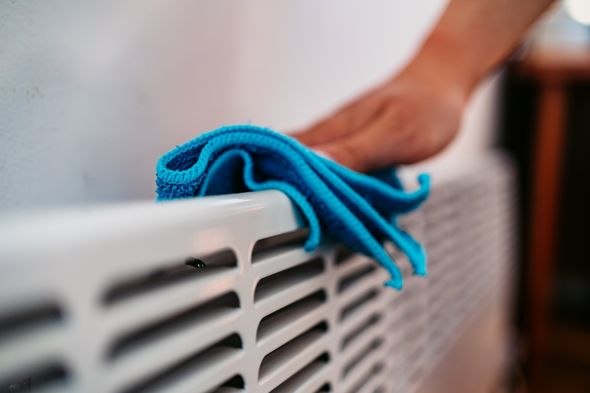
https://www.express.co.uk/life-style/property/1309...
Step 1: Turn off the heating
Turning off your radiators before cleaning makes the job much safer and keeps them from sucking up additional dust as you clean.
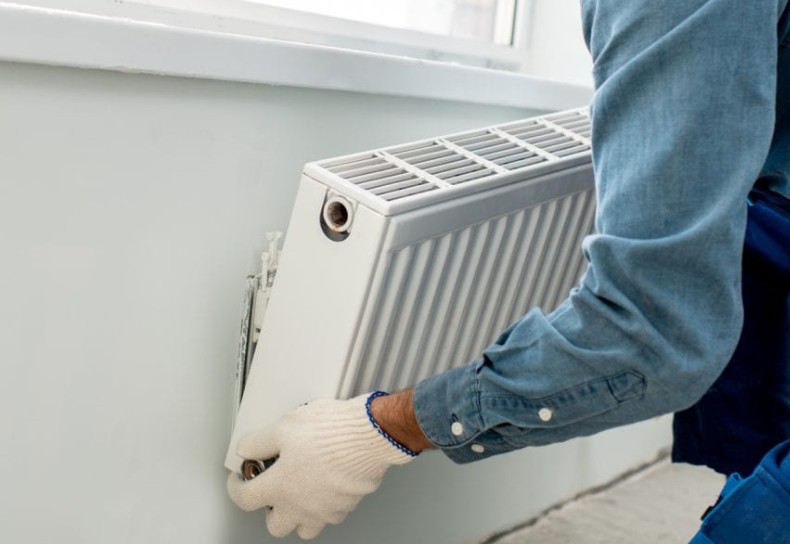
https://www.affordablewarmthscheme.co.uk/birmingha...
Step 2: Start with a vacuum cleaner
To clean within, around, and beneath the radiator, we recommend using a vacuum. This will aid in dust collection rather than unsettling it with a duster and forcing it back into the air. If your vacuum has smaller attachments, you may use those to get into more difficult-to-reach locations.
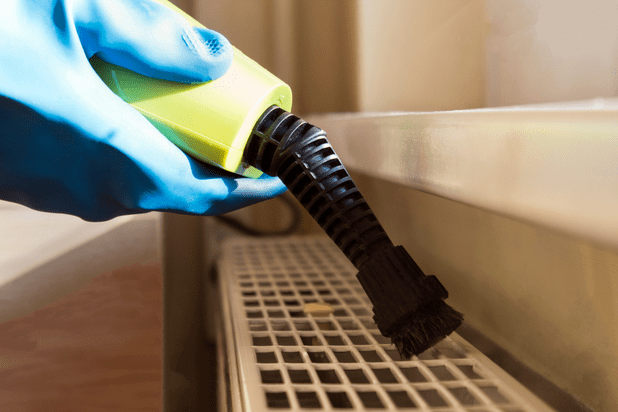
https://www.homeoclock.co.uk/how-to-clean-your-rad...
Step 3: Use a radiator brush
After vacuuming most of the dust and dirt out, use a radiator cleaning brush to reach the remaining bits of dust and dirt. If you don’t have a radiator brush, it’s quite easy to make one on your own.
All you’ll have to do is take a stick or piece of wood and wrap a microfibre cloth around it, and then secure it with tape. Also, using a hairdryer on a cold setting to blast out the tiny fragments that get trapped on the radiator fittings is an excellent approach to blow them out onto the towel.
Remember to place a towel below the radiator before beginning any cleaning projects, mainly to keep your floor and everything surrounding the radiator from becoming contaminated with dust and filth.
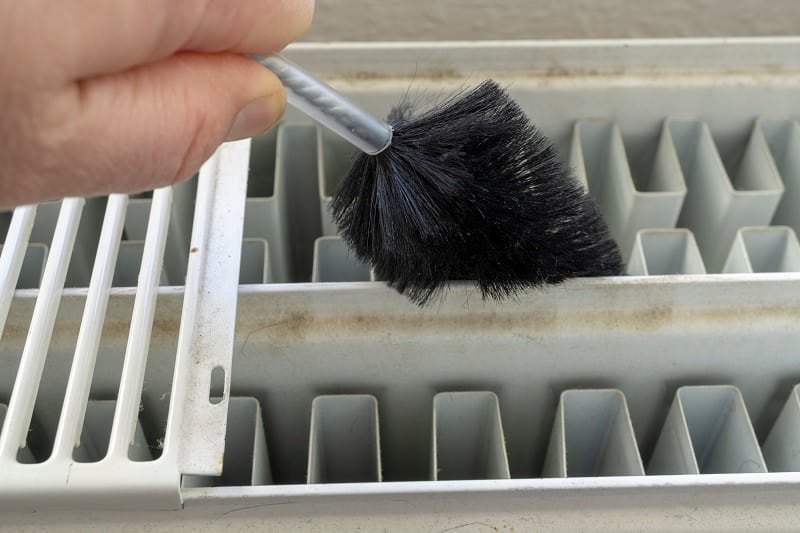
https://inthewash.co.uk/cleaning/how-to-clean-behi...
Step 4: Clean with soap and water
Once you've removed some of the dust and debris from the rear of the radiator, fill a bucket with warm, soapy water and wash off the outside of the radiator with a sponge. Make sure your sponge has a lot of soapy suds on it, and ring it out so that it is moist but not dripping. After that, dry your radiator thoroughly with a microfibre cloth to make sure the metal isn’t left to rust.

https://www.residencestyle.com/how-cleaning-your-r...
Step 5: Check your skirting boards one last time
Finally, Check the surrounding walls and skirting boards after cleaning the radiator to see if any of the radiator dust has fallen. As a result of the cleaning process of the radiator, the skirting boards may need wiping down too. As sometimes, the heat can cause dirt and dust to stick to the walls around it. Therefore, give any marks a rub with a soapy sponge, being careful not to damage any paintwork.
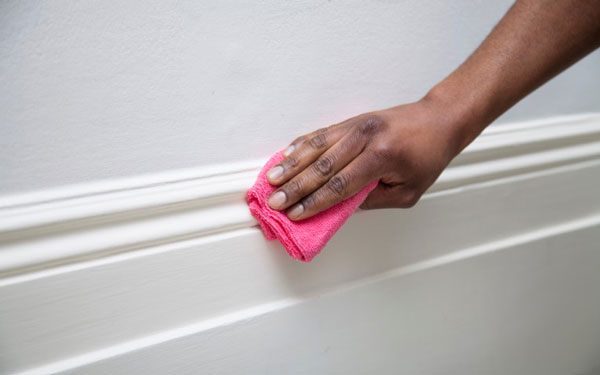
https://mdfskirtingworld.co.uk/blog/how-to-clean-s...
In the future, when you conduct your weekly housecleaning, a few minutes spent dusting the radiator might result in a significant cost savings over time!
If you need any more information regarding how to clean your radiators, or would just like to browse and discuss our products with our helpful, friendly staff, you can contact our customer services on the number 01472 907051
Recent Posts
-
5 Paving Ideas for Small Gardens
In the world of gardening, size doesn't always matter. Even in the smallest of spaces, like an
-
Fencing – An Ultimate Guide
It's important to think about your intentions when selecting a fence for your garden. Different


